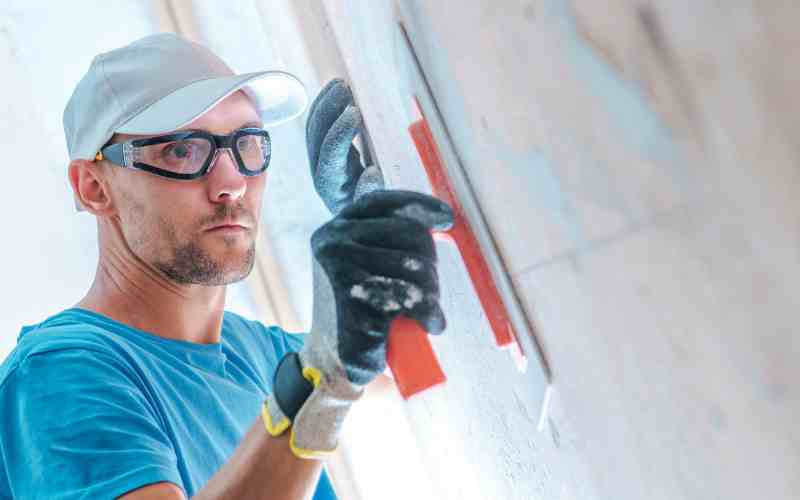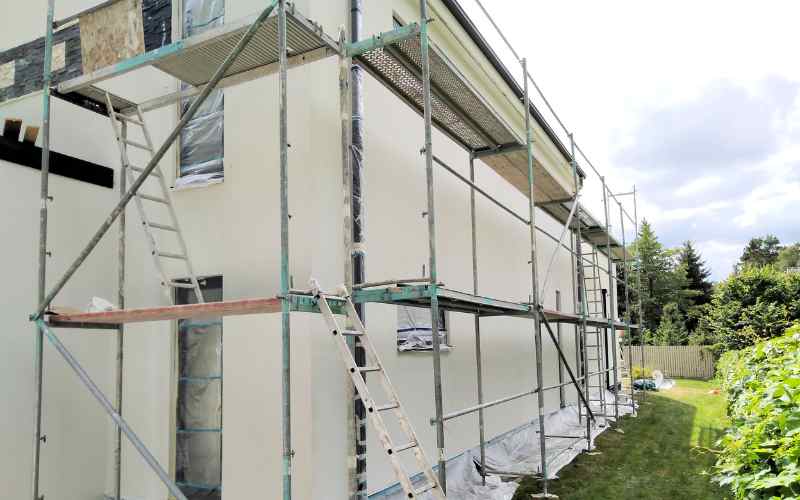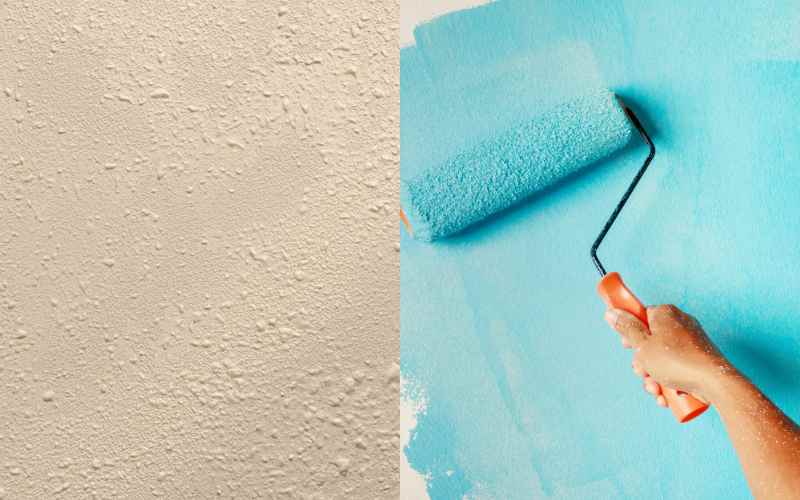Is Winter a Bad Time to Paint Your House in Melbourne?
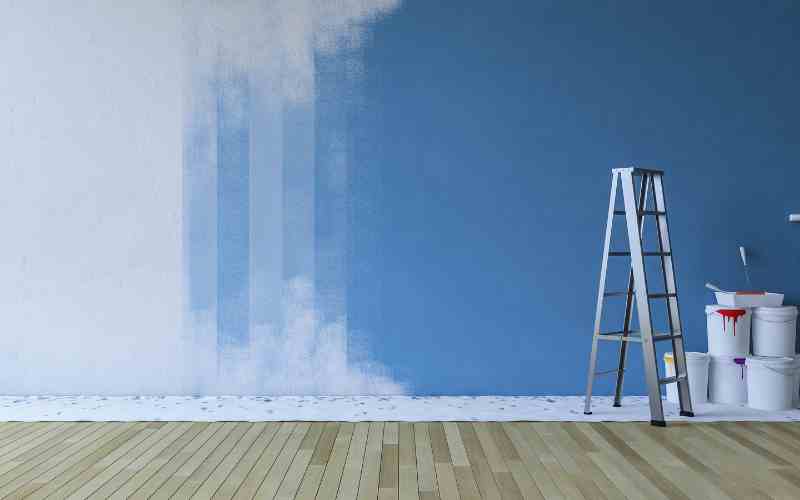
"There’s no such thing as bad weather - only inappropriate preparation."
That quote couldn’t be more relevant when it comes to painting your home during a Melbourne winter.
If you’ve ever looked at your weathered exterior walls in June and thought, “Maybe I should wait until spring to repaint…” - you’re not alone. Melbourne’s cold months can make anyone second-guess a paint project. The chill, the rain, the unpredictable weather - they all seem to whisper: “Not today.”
But here’s the truth most people don’t realise - winter painting in Melbourne isn’t a bad idea at all. In fact, now is the best time for many homes to get a new, clean, and long-lasting finish. You just need to know the right conditions, techniques, and products.
 Professional Melbourne painters know that our winters aren’t extreme compared to many parts of the world. In most Melbourne suburbs, the temperature stays between 10°C and 15°C, which is cool but not freezing. This means that painting, especially the inside, is completely possible without sacrificing quality or durability.
In fact, winter is a great time for residential painters in Glen Iris and across Melbourne to work on interior painting projects because:
Professional Melbourne painters know that our winters aren’t extreme compared to many parts of the world. In most Melbourne suburbs, the temperature stays between 10°C and 15°C, which is cool but not freezing. This means that painting, especially the inside, is completely possible without sacrificing quality or durability.
In fact, winter is a great time for residential painters in Glen Iris and across Melbourne to work on interior painting projects because:
 Professional painters in Toorak and other suburbs in Melbourne often suggest painting bedrooms, living rooms, or hallways in the winter. Even when you can't open windows, using low-VOC or eco-friendly paints can help keep the air inside your home fresh.
Another piece of advice? Get a good heater or dehumidifier. Keeping room temperatures stable helps paint cure faster and gives a smoother finish overall.
Professional painters in Toorak and other suburbs in Melbourne often suggest painting bedrooms, living rooms, or hallways in the winter. Even when you can't open windows, using low-VOC or eco-friendly paints can help keep the air inside your home fresh.
Another piece of advice? Get a good heater or dehumidifier. Keeping room temperatures stable helps paint cure faster and gives a smoother finish overall.


Why Winter Painting Isn’t Always a Bad Idea
Let’s break a common myth: paint doesn’t dry in winter. That’s not entirely true. Paint does dry - it just takes a little longer if the conditions aren’t right.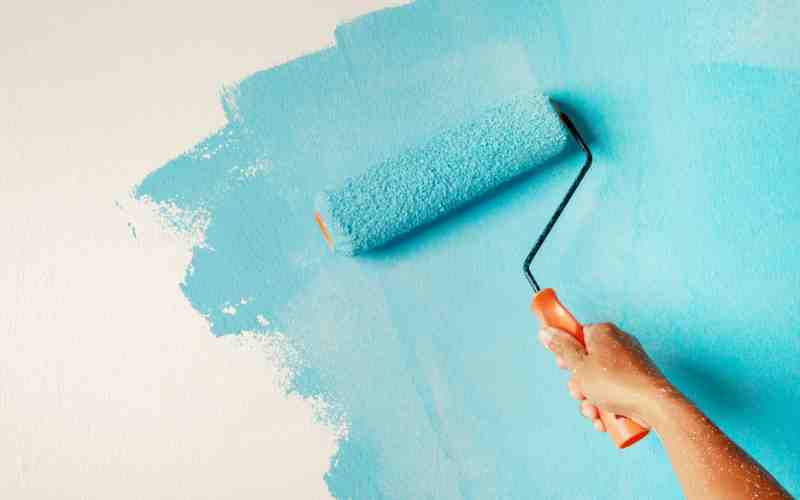 Professional Melbourne painters know that our winters aren’t extreme compared to many parts of the world. In most Melbourne suburbs, the temperature stays between 10°C and 15°C, which is cool but not freezing. This means that painting, especially the inside, is completely possible without sacrificing quality or durability.
In fact, winter is a great time for residential painters in Glen Iris and across Melbourne to work on interior painting projects because:
Professional Melbourne painters know that our winters aren’t extreme compared to many parts of the world. In most Melbourne suburbs, the temperature stays between 10°C and 15°C, which is cool but not freezing. This means that painting, especially the inside, is completely possible without sacrificing quality or durability.
In fact, winter is a great time for residential painters in Glen Iris and across Melbourne to work on interior painting projects because:
- The air is less humid, which means there are fewer bubbles and smoother finishes.
- When it's cooler, paint tends to level out better, which makes brush strokes less visible.
- You can schedule projects more quickly because there is less demand for painters in the winter.
Understanding How Melbourne’s Weather Affects Paint
Let's talk about science for a minute. For paint to dry properly, the temperature and humidity have to be just right. Depending on the brand and formula, the lowest temperature at which paint will cure is different. For most water-based acrylics, it's about 10°C. If the paint film doesn't form correctly, it could peel, crack, or look dull later on. In Melbourne’s winter, mornings can be quite cool and damp, but afternoons often reach the perfect temperature range for painting - especially indoors or under cover. That’s why smart painters plan around the clock. They start later in the day when conditions are ideal and wrap up before the evening chill sets in. So, while you might not want to repaint your entire exterior in a rainy week, it doesn’t mean you can’t plan or begin your project strategically.Interior Painting: Winter’s Best-Kept Secret
Here’s the thing most homeowners overlook - interior painting during winter can actually be more efficient. Because humidity levels are lower, paint dries more evenly on indoor surfaces. The chance of getting blisters, streaks, or uneven coverage goes down a lot. And since most people stay inside more in the winter, it's a great time to make your home feel new again.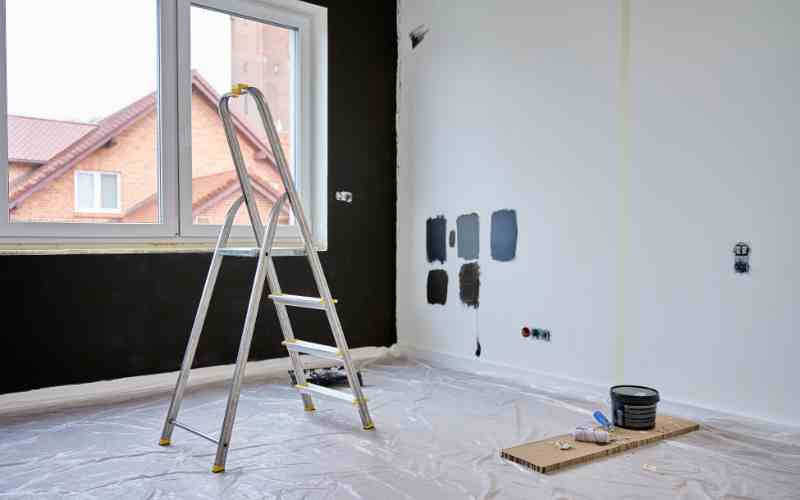 Professional painters in Toorak and other suburbs in Melbourne often suggest painting bedrooms, living rooms, or hallways in the winter. Even when you can't open windows, using low-VOC or eco-friendly paints can help keep the air inside your home fresh.
Another piece of advice? Get a good heater or dehumidifier. Keeping room temperatures stable helps paint cure faster and gives a smoother finish overall.
Professional painters in Toorak and other suburbs in Melbourne often suggest painting bedrooms, living rooms, or hallways in the winter. Even when you can't open windows, using low-VOC or eco-friendly paints can help keep the air inside your home fresh.
Another piece of advice? Get a good heater or dehumidifier. Keeping room temperatures stable helps paint cure faster and gives a smoother finish overall.
Exterior Painting: Can You Really Paint Outdoors in Winter?
The million-dollar question - can you paint outdoors in Melbourne’s winter? The short answer is yes, but be careful. The long answer is that it depends on how well you plan, when you do it, and what product you choose. The most important thing to remember when painting the outside of a house in Melbourne is to make sure the surface is dry and the temperature stays above 10°C for a few hours after the paint is put on. Painting right before it rains or on a wet surface is a sure way to ruin the job. The paint won't stick properly and could peel off too soon. This is what professional painters in Brighton and other places in Melbourne suggest:- Check the forecast: Stay away from days when rain, fog, or heavy dew is expected.
- Start late morning: Let any moisture that got on the surface overnight dry up before you start.
- Use weather-resistant paints: Dulux Weathershield and other modern exterior paints are made to last in cold and wet weather.
- Allow extra drying time: Even if it feels dry to the touch, the curing process can take longer when it's cold.
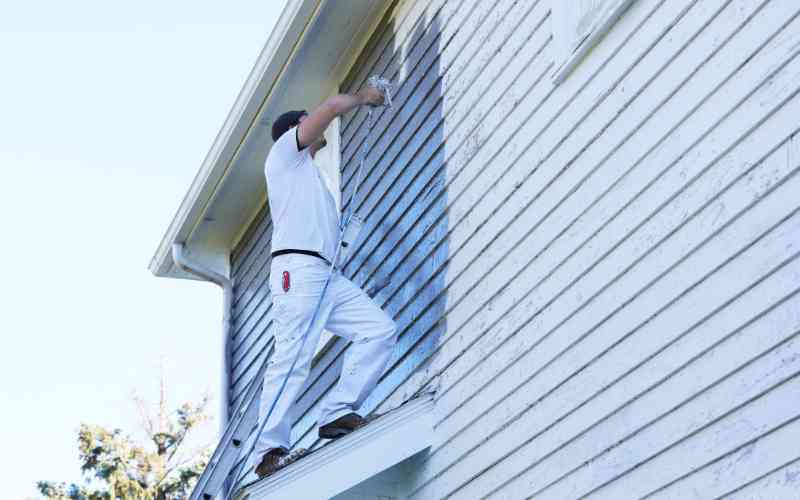
Choosing the Right Paint for Cold Conditions
If you’re planning a winter project, your choice of paint matters just as much as your timing. Water-based paints work best in moderate conditions, but they can have trouble drying in cold, damp air. That’s where acrylic and latex paints shine - they dry faster and flex better in temperature fluctuations. When painting the outside of your house in Melbourne, use paints that are made to work in all kinds of weather. A lot of well-known brands now have low-temperature formulas that work perfectly even when it's colder than usual. If you're not sure which paint will look best in your home, talk to experienced Melbourne painting contractors who know how the weather is in the area. They'll suggest the best product for your surface type, whether it's brick, wood, render, or weatherboard.Preparation: The Secret to Winter Painting Success
It's not as simple as just picking a day and starting to paint in the winter. It's all about getting ready. Most of the time, professional painters in Melbourne will tell you that paint failures like peeling, flaking, and uneven finishes are caused by bad preparation, not bad weather. Here’s how to prep like a pro:- Clean thoroughly: Use a gentle pressure wash or sugar soap to get rid of dust, mould, and dirt.
- Dry completely: Don't paint a surface that is wet; if you have to, use fans or heaters.
- Prime smartly: Use primers that are designed for cold or humid conditions to ensure proper adhesion.
- Seal gaps: Check for cracks, gaps, or loose caulking that could let moisture in.
